Bizen (Okayama Prefecture)
| Travel Reports by FancyLampshade | view profile of FancyLampshade |
| previous post |
| next post |
| Note: The opinions and views expressed in this user report are those of the individual author and do not necessarily reflect the opinions and views of japan-guide.com. |
June 25, 2016 - Bizen (Okayama Prefecture)
Back at my hostel in Himeji after spending the morning at Mt.Shosha, the other two guests from the room next door had also just returned from Himeji Castle. They complained about the amount of people and I felt lucky that I had organised my itinerary so I would be there on a weekday instead of a Saturday.
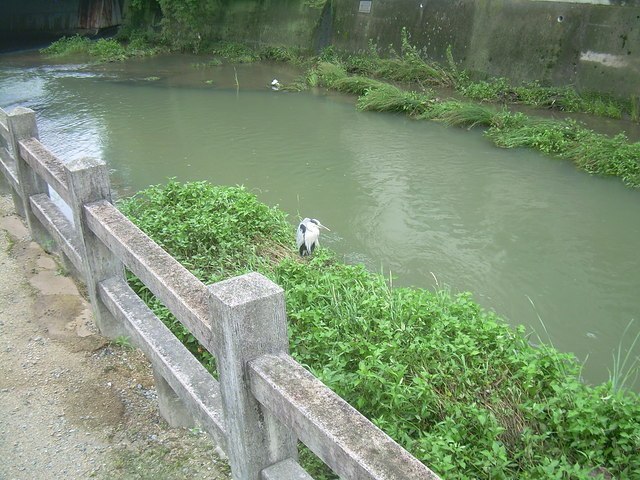
My plan for the afternoon was to go to Ako and Bizen as I made my way to sleep in the town of Asakuchi just past Kurashiki, but it was already 2pm by the time I was on the train (after a quick lunch), and later once I arrived to Banshu-Ako Station, so I decided to only include Bizen in the dayfs sightseeing and leave Ako for another day when I could enjoy it with more time.
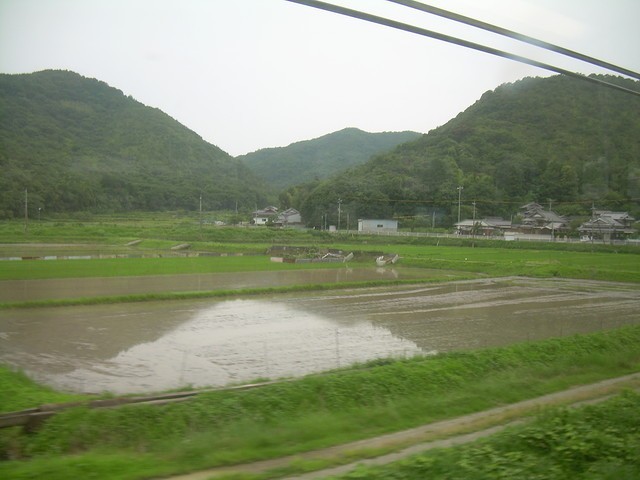
Bizen is a town known for Bizen-yaki, one of the oldest forms of Japanese pottery. Itfs main characteristic is its lack of glaze and instead having a more rough and earthy finish. While I donft really have much of an eye for pottery, seeing so many different pieces through the shop windows and the chimneys used when making them was curious. One of the workshops had pulled the wall off, and I was able to see the shape the kiln must have had.
Kilnfs are filled with the Bizen-yaki (or sometimes tiles or whatever else it is that the person wants to make) at the further end, then the first half of the kiln is filled with firewood. Heat and smoke go up so it passes through the Bizen-yaki and out through the chimney, hardening the pottery in the process. I read that firing bizen-yaki usually takes ten days!
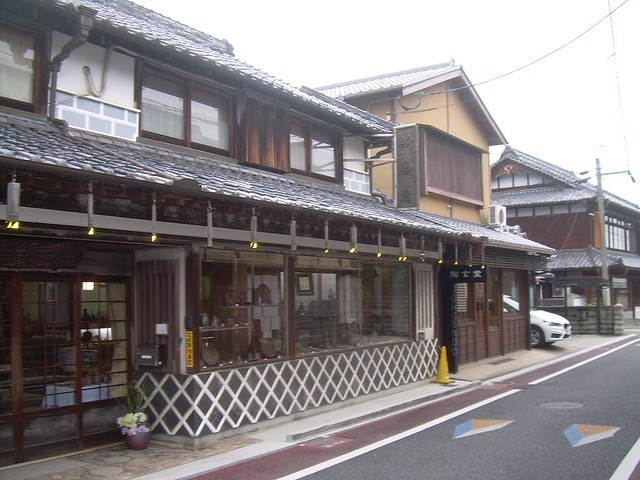
I also saw an old kura house, now a shop, although I will talk more about that style of architecture tomorrow when I visit Kurashiki.
As soon as I got off the train I hurried to Amatu Shrine before it closed. Usually shrines and temples close at around 5pm and I wanted to add another stamp to my shuincho, but as I got there it turned out to be empty (it was a small shrine). Working by honour code, I left a 500yen coin next to some other coins and bought a small ema board made out of bizenyaki instead.
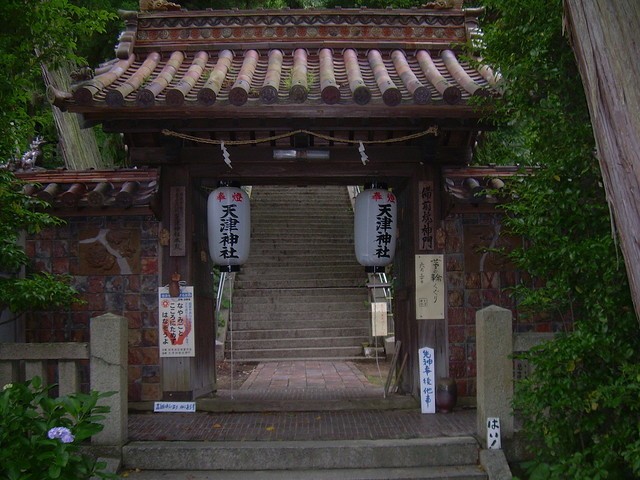
Amatu Shrine was very small but surrounded by pottery of different sizes and shapes, animal figures and covered in bizenyaki tiles on the roof and walls. Having in mind how expensive the pottery is today, this shrine must hold great meaning or sentiments as town members spare no thought on price when making a donation.
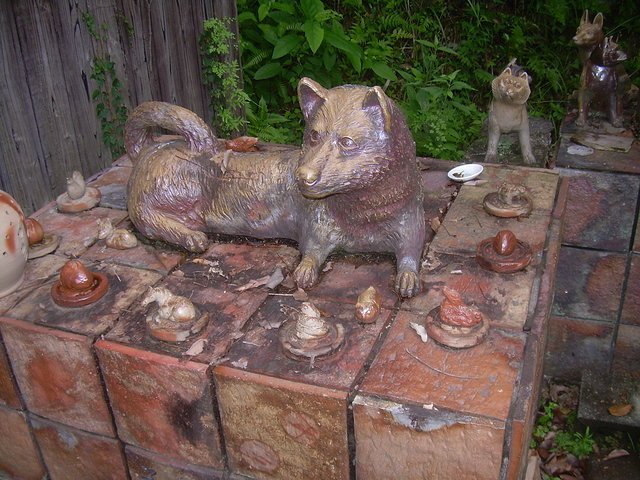
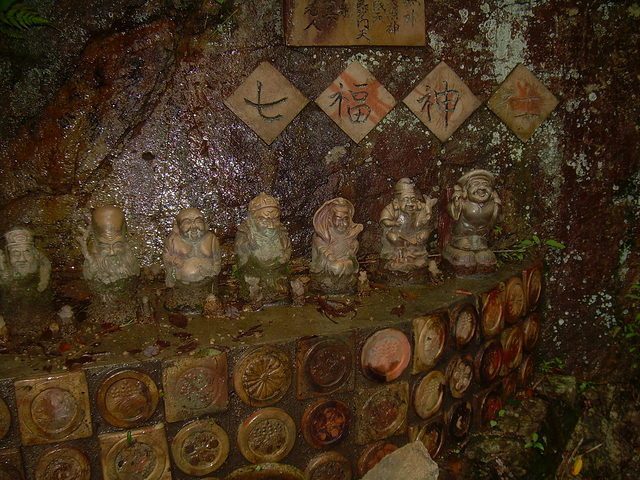
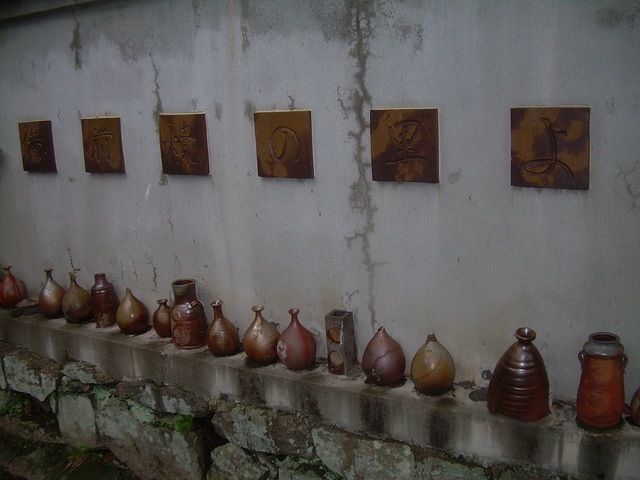
I was about to leave when I spotted a statue of Ninomiya Sontoku (also made fully out of bizenyaki), which really made my quick stop in Bizen just a little bit better.

I took a long way back to the station walking through the little streets so I could see a bit more of the town.
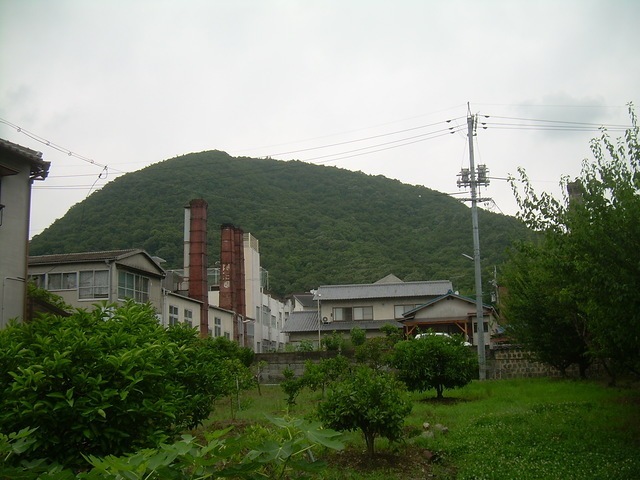
From Imbe Station I could see an old tunnel kiln, 500 years old and designated as a national treasure, although if wefre being honest it really just looked like a lump in the ground and I wouldfve never guessed it had been a kiln.
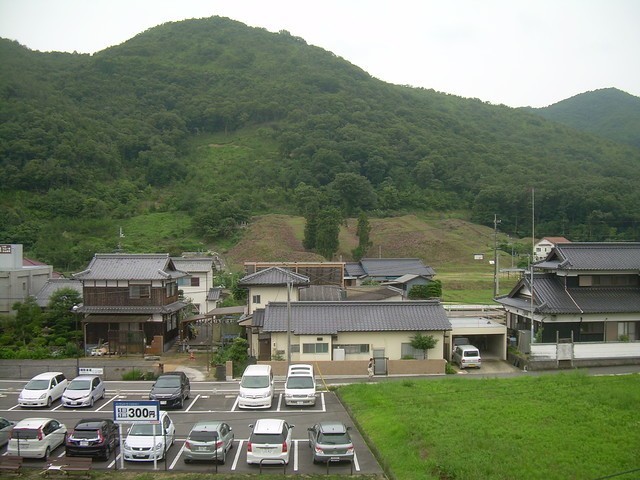
| previous post |
| next post |
|
List of Posts:
2016/06/29 - Hiroshima - Temple walk and Kagura 2016/06/28 - Hiroshima - Peace sites 2016/06/27 - Onomichi (Hiroshima Prefecture) 2016/06/26 - Kurashiki (Okayama Prefecture) 2016/06/25 - Bizen (Okayama Prefecture) 2016/06/25 - Mount Shosha (Engyoji Temple) |